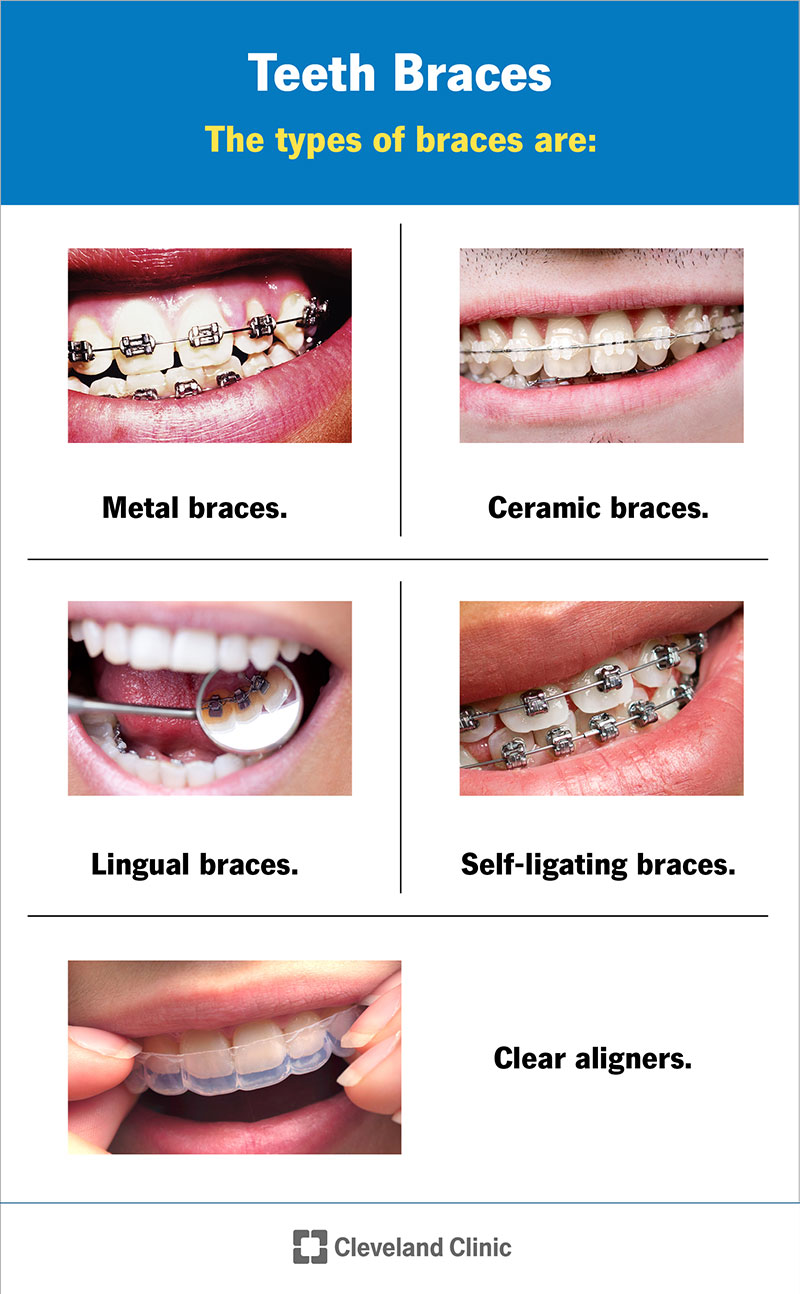Comprehensive Overview to Orthodontics Procedures for Correcting Dental Imbalances
In the realm of orthodontics, the trip to attaining a flawlessly straightened smile involves a myriad of procedures customized to fix oral misalignments. From typical braces to unseen aligners and also surgical alternatives, the field of orthodontics supplies an array of options to deal with varying degrees of oral irregularities. Understanding the complexities of each treatment, including their systems, advantages, and possible drawbacks, is essential in making informed decisions regarding one's orthodontic treatment. As we browse with the extensive guide to orthodontic procedures for dealing with oral misalignments, the intricate information of each method will unfold, losing light on the path toward a functional and unified oral placement.
Orthodontic Procedures Introduction

Along with conventional dental braces and clear aligners, orthodontists might likewise advise various other interventions like headgear, palatal expanders, or retainers to resolve certain alignment issues (cumming invisalign). These treatments are customized to each client's special requirements and may entail a combination of treatments to achieve the desired results. Routine modifications and surveillance are essential parts of orthodontic therapy to ensure progression is on track and to make any kind of necessary modifications along the road. By undergoing orthodontic procedures, individuals can not only attain a straighter grin but additionally boost their overall oral health and wellness and feature.
Conventional Braces: How They Work
When considering orthodontic therapies for dental imbalances, standard dental braces stand apart as a time-tested technique for correcting teeth placing. Conventional dental braces contain brackets, wires, and bands that interact to apply continual stress on the teeth, progressively relocating them right into the desired placement. The brackets are affixed to the teeth using an unique adhesive, and the cables are threaded with the braces. By changing the stress of the cords, orthodontists can regulate the instructions and pressure related to each tooth, guiding them into appropriate positioning gradually.
As stress is used to the teeth via the braces, the bone bordering the teeth is reshaped to sustain the new tooth placements. Clients will certainly require regular changes at the orthodontist's office to make certain the braces proceed to apply the proper stress for reliable teeth activity.
Invisible Aligners: Cons and pros
Unseen aligners provide a discreet and hassle-free choice to traditional braces for remedying dental imbalances. These clear, personalized trays are practically unnoticeable when worn, making them an attractive alternative for individuals seeking an extra aesthetically pleasing orthodontic treatment. Among the key advantages of undetectable aligners is their removability, permitting simpler upkeep of oral health compared to standard dental braces. Patients can remove the aligners prior to eating or cleaning their teeth, reducing the threat of food obtaining stuck in the home appliance and streamlining the cleansing procedure.

Surgical Orthodontic Options
Surgical treatments in orthodontics present viable choices for resolving complex dental misalignments that may not be efficiently solved via standard orthodontic therapies. While invisible aligners and standard braces can correct several orthodontic problems, specific cases call for medical intervention to accomplish optimal results. Surgical orthodontic options are normally advised for extreme malocclusions, significant jaw discrepancies, and instances where the underlying bone structure requires modification to accomplish proper alignment.
One common surgical orthodontic treatment is orthognathic surgical treatment, which involves repositioning the jaws to fix functional issues such as difficulty talking or chewing. This surgery is often done in partnership with an orthodontist that helps straighten the teeth before and after the treatment. Surgical orthodontics may likewise involve treatments to expose affected teeth, remove excess gum cells, or improve the jawbone to create a much more unified facial profile.
Before taking into consideration surgical orthodontic alternatives, clients go through a detailed evaluation to determine the need and potential benefits of such treatments. orthodontist. While surgical treatment might appear overwhelming, it can considerably improve both the function and appearances of the smile in cases where conventional orthodontic treatments fail
Retainers and Post-Treatment Treatment

Post-treatment treatment involves complying with the orthodontist's directions vigilantly. This may consist of appropriate dental hygiene techniques, going to follow-up visits, and using the retainers as prescribed. Failure to adhere to post-treatment treatment instructions can result in relapse, where the teeth slowly move back in the direction of their original placements. Regular retainer wear, great dental health, and routine dental check-ups are essential for keeping the results accomplished with orthodontic surgical procedure and making certain the long-lasting security of the remedied dental positioning.
Verdict
Finally, orthodontic procedures offer different choices for correcting dental imbalances. Standard braces use metal brackets and cables to shift teeth right into correct positioning. Undetectable aligners offer a more discreet alternative but may not appropriate for all cases. Surgical orthodontic alternatives are available for more extreme misalignments. Retainers are commonly made use of post-treatment to keep the new placement. In general, orthodontic procedures can efficiently improve dental wellness and visual look.
As we browse via the thorough guide to orthodontic treatments for fixing dental imbalances, the elaborate details of each method will certainly Read Full Article unravel, shedding light on the path toward a useful and harmonious dental positioning. - cumming braces
One of the most typical orthodontic therapies is the usage of dental braces, which are composed of metal braces and wires news that apply gentle pressure to progressively change teeth right into the wanted position.When considering orthodontic treatments for dental imbalances, traditional braces stand out as a tried and true approach for fixing teeth placing. In addition, undetectable aligners may not be suitable for intricate orthodontic problems that require even more considerable teeth movement, as they are generally suggested for light to moderate situations. Retainers are tailor-made orthodontic gadgets developed to hold teeth in their corrected placements after the completion of orthodontic therapy.
Comments on “Professional Cumming Braces and Aligners: What to Know Before You Visit”